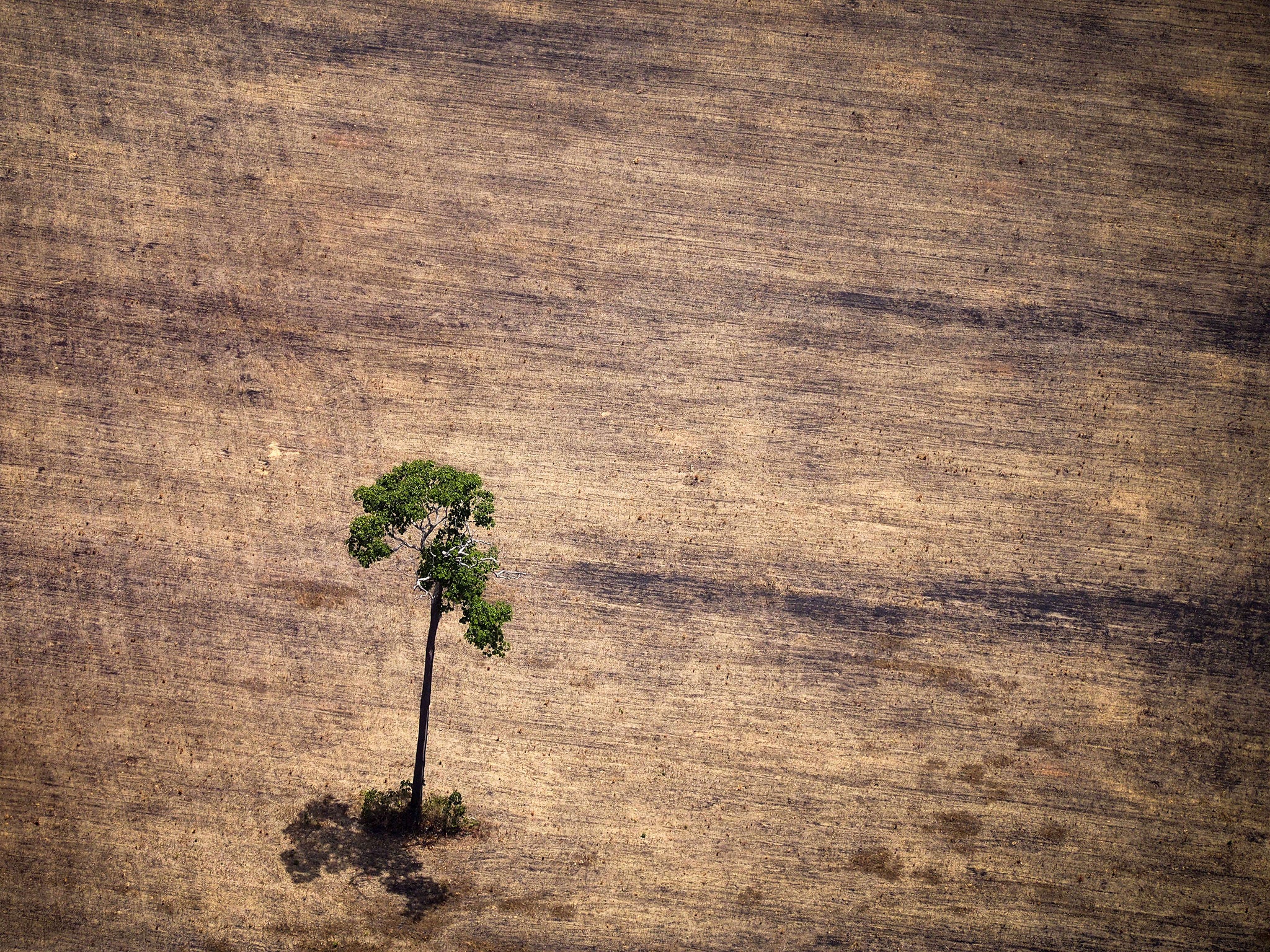Amazon rainforest no longer ‘carbon sink’ as it now emits more than it takes in
Parts of the Amazon are now emitting carbon rather than absorbing it, scientists say

Parts of the Amazon rainforest’s reduced capability to absorb carbon emissions could contribute to global warming in the future, according to a new study.
Deforestation of the Amazon and “rapid local warming” in some of its parts have decreased or eliminated the rainforest’s role as a “carbon sink” – a place that absorbs more carbon than it releases.
Professor Luciana Gatti and her colleagues have collected air samples from four regions of the Amazon, roughly twice a month over the span of nine years, to measure the tropical forest’s atmosphere.
The scientists, from Brazil’s National Institute for Space Research (INPE) analysed the data to determine how carbon dioxide (CO2) and carbon monoxide (CO) are concentrated in different parts of the Amazon.
The air samples were compared with those from the South Atlantic Ocean, which has been found to absorb as much as 75 percent of the excess heat and 40 percent of human-generated carbon dioxide CO2 emissions taken up by the oceans.
The scientists also used the CO2 concentration gradients to estimate how much the carbon emissions increased or decreased in connection to vegetation growth, decay, and forest fires.
Millions of trees have been lost to logging and fires in recent years. An unprecedented number of fires happened in the Amazon in 2019 and 2020, which reduced swathes of the forest to scorched earth.
The INPE scientists’ data reveals that western Amazonia is still a carbon sink, albeit a weak one, due to its almost constantly wet climate and relatively little decay compared to other areas.
Eastern Amazonia’s ability to absorb carbon has been degraded, or even reversed, due to deforestation and its increasingly warm and dry climate. The south-eastern part of the forest, which makes up 20 per cent of the Amazon, has even reversed its ability to absorb carbon by becoming a carbon source – the findings suggest.
The scientists were not able to carry out analysis of all areas of the Amazon, which vary from each other enormously, due to some regions being difficult to access.
The research is newly published, but the researchers spoke to the BBC last year about the implications a reversal of carbon absorption would have on climate change.
Prof Gatti said: “Each year is worse. We observed that this area in the south-east is an important source of carbon. And it doesn’t matter whether it is a wet year or a dry year. 2017-18 was a wet year, but it didn’t make any difference.”
Prof Carlos Nobre, who co-authored Prof Gatti’s study and is a researcher at the University of Sao Paulo’s Institute for Advanced Studies, has called the observation “very worrying” because “it could be showing the beginnings of a major tipping point”.
He believes the new findings suggest that in the next 30 years more than half of the Amazon could transform from rainforest into savannah if it loses its ability to renew itself and begins to emit more carbon than it takes in.
Prof Nobre has said that the Amazon used to absorb two billion tonnes of CO2 a year from the atmosphere in the 1980s and 1990s, but that annual amount has now been reduced by about half.
The research has been published in the journal Nature.
Subscribe to Independent Premium to bookmark this article
Want to bookmark your favourite articles and stories to read or reference later? Start your Independent Premium subscription today.

Join our commenting forum
Join thought-provoking conversations, follow other Independent readers and see their replies